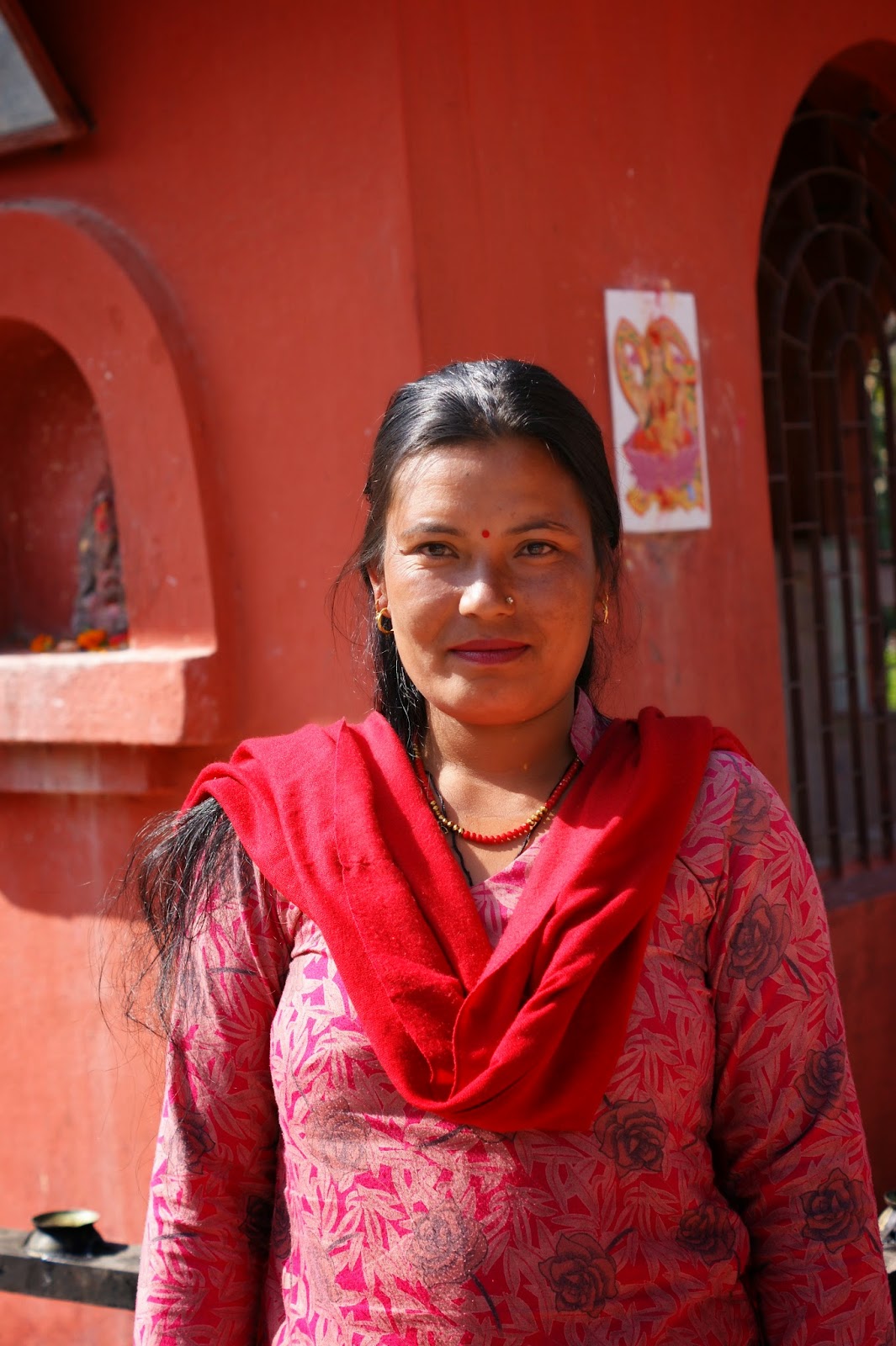I was going to simply post these pictures as a photo post of some of the women farmers whom I met this week, and then I thought, what a wasted opportunity to share! So without further adieu, are some things I have learned over the last two years about smallholder farmers… apologies if I am nerding out too much for anyone. If it offends you, please just enjoy the pictures and tune in to the next episode.
To start, generally the term smallholder farmer is used quite widely but is not often defined (well or at all). Many organizations have their own definitions and here are a couple that I came across in my research:
• FAO: “marginal and sub-marginal farm households that own or/and cultivate less than 2.0 hectare of land”
• Lipton 2005: “operated units in which most labor and enterprise come from the farm family, which puts much of its working time into the farm”
• Narayanan and Gulati, 2002: a farmer (crop or livestock) practicing a mix of commercial and subsistence production or either, where the family provides the majority of labour and the farm provides the principal source of income”
• IFPRI (2002): A smallholder would thus normally derive his/her livelihood from a holding of less than 2 to 5 ha -holdings are often less than 0.2 ha and about 10-20 heads of livestock, though it is common to have only 2 or 3.
Other characteristics of smallholders include: an average farm household size of four or five;
yields and profitability of these farms are usually low; farmer education is low including market related skills; natural resources are a great challenge; the pathway out of poverty may include exiting the farm by consolidation or finding more off farm income. Source: Nagayets, 2005
Even within these characteristics, there are problems with using them to ‘define’ smallholders. For example, land size is pretty straightforward, but one could have 10 acres of poor land quality and grow as much as someone with 2 acres of really excellent land quality. So the 10-acre farmer would be considered a ‘large’ farmer even though yield could be the same as the smallholder. Pretty well every characteristic has these problems within them if you think it through a little.
One smallholder characteristic I find really interesting is the amount of land base in the number of of hands. So a couple of examples are that in India, 80% of the farmers are smallholders are in possession of 36% of the land. In Uganda 75% of farmers own 26% of the land. And lastly, in Ukraine, 99% of smallholder farmers own around 8% of the land. What does this all mean? It means there are a few more powerful individuals controlling the vast amount of land in many developing countries, Nepal included (I can’t find my stats on Nepal right now). Source: Nagayets, FAO.
My research is looking at farmers who are potentially more commercialized. This means they engage in the market more than a subsistence farmer would and that they may be more likely to earn their primary living through farming. But Markets come with his risks, especially for small farmers who have relatively low net income compared to household expenses (food, clothing, power, schooling, health etc.). Some of the issues are summarized as such: Contact: finding and exchanging information between people who want to exchange goods; Contract: agreements that are made between the people in a transaction, including bargaining over the terms of the trade; and Control: enforcing the details of the agreement. Each of these speak to people’s ability to exert power within relationships and leverage the information in the community. Source: North, 1990
This is a huge topic to summarize, but here
are a few thoughts I had as well as some key points I found in the reading I
have done:
- Globally it’s something that youth are not interested in doing (1).
- It’s a leverage point to pull people out of poverty and get governments away from importing food(2).
- It is seen as the way to feed many nations, but has no clear path forward given the diverse challenges(1).
- It’s an industry with a mandatory quadruple bottom line: cultural, social, environmental and economical(1).
- It involves being highly resilient, innovative, & entrepreneurial, but lacks much of the start up information and capital needed to improve.
- It needs continued support: 4.6% development aid in 2007 compared to 18% in 19792 (1).
Source: (1) YPard, (2) IFAD
Thanks for reading! You know a blog is getting intense when it has multiple source citations!





So many complex issues! Such sronfpg, vibrant women. Thanks, Ashley. suexo
ReplyDelete